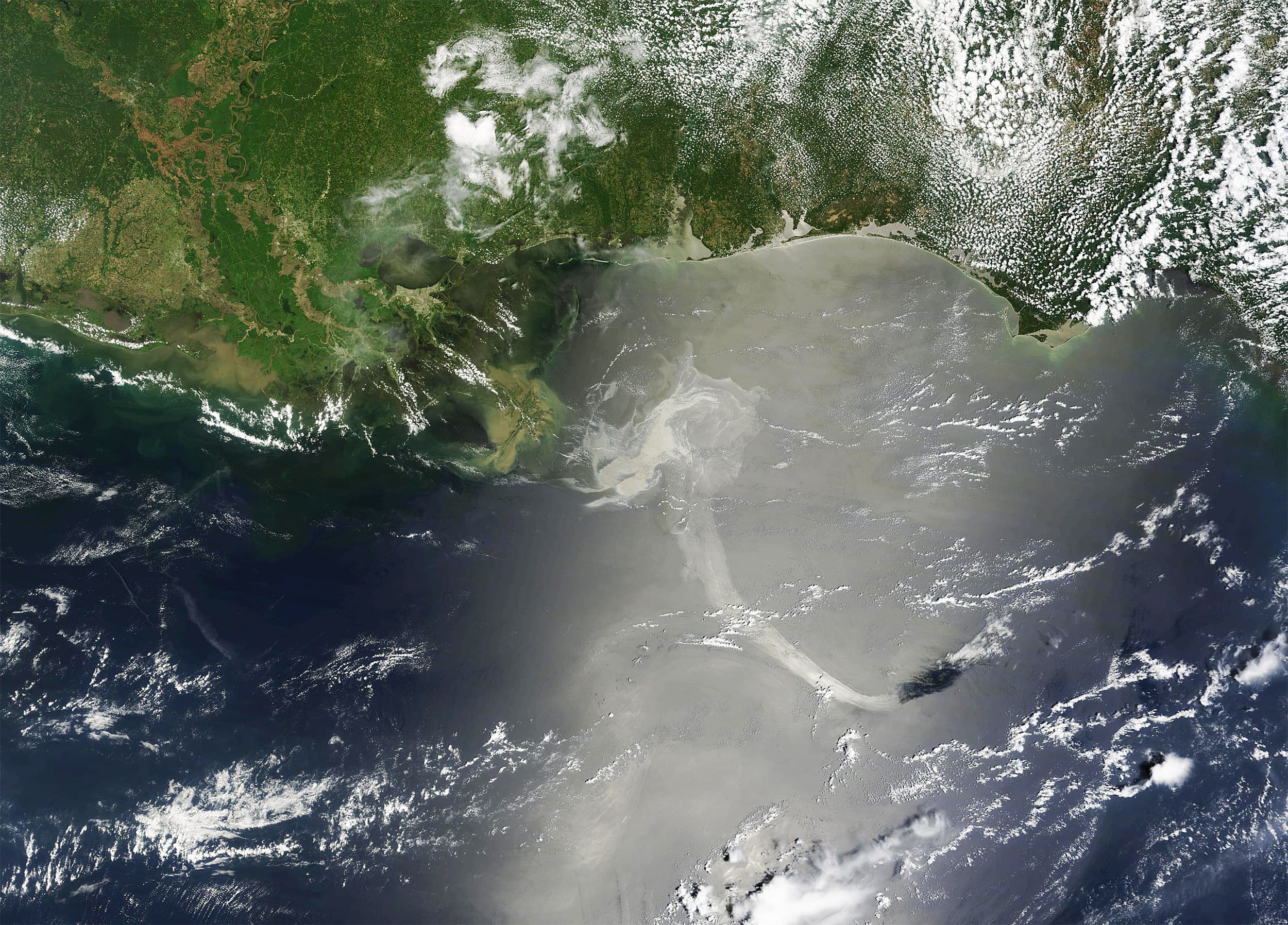
Ensuring the efficacy of restoration efforts after Deepwater Horizon
The Natural Resource Damage Assessment (NRDA) Trustee Council, the Gulf Coast Ecosystem Restoration Council (RESTORE Council), and the National Fish and Wildlife Foundation (NFWF) are the largest restoration programs working toward the Gulf’s recovery after the 2010 offshore oil spill that led to a 20 percent reduction in commercial fisheries and damaged about 1,100 miles of coastal salt marsh wetlands. These programs administer a majority of the $16 billion available in restoration funds, supporting projects that range from coastal and offshore habitat restoration to recovery of certain species, water quality improvement, and land acquisition. Ensuring the efficacy of restoration efforts after Deepwater Horizon
The report finds that the majority of past U.S. restoration efforts have not been adequately monitored to assess or improve restoration efficacy. To date, monitoring activities have been dramatically underfunded, and very few programs monitor environmental and social results. To ensure that progress of the efforts can be evaluated, the committee that conducted the study and wrote the report recommended that all restoration activities funded by these programs define specific, measurable objectives and adopt a rigorous statistical monitoring effort and a well-designed data management plan.
“Integrating a monitoring plan as part of the broader restoration program is important to assure the funders and public that restoration funds are being spent effectively,” said committee chair Frank Davis, director of the National Center for Ecological Analysis and Synthesis at University of California, Santa Barbara. “Given the similarities in the strategic goals of Gulf restoration programs, the objectives and monitoring approaches need to be considered holistically to maximize compatibility of efforts and the lasting value of the data and information being collected.” The report also provides more specific restoration monitoring guidelines for six habitats and species groups in the Gulf:
Monitoring is essential to ensure projects are implemented and functioning as designed, to assess whether goals are met, to improve the design of future restoration efforts, and to identify critical uncertainties that might prevent the success of a project, the committee said. The report suggests funding agencies work together to ensure that monitoring data are as consistent and comparable as possible across the Gulf, and also that data are publicly available by establishing clear policies for data archiving and sharing.
The report also provides more specific restoration monitoring guidelines for six habitats and species groups in the Gulf: oyster reefs, tidal wetlands, seagrasses, birds, sea turtles, and marine mammals. For example, when corrals are constructed to protect sea turtle eggs, their monitoring might entail measuring the amount of beach protected after construction, the location of the corrals relative to the high tide line, and the density of vegetation in the corrals to ensure the project’s success.
The study was sponsored by the Academies’ Gulf Research Program, which was established at the request of the U.S. government as part of legal settlements in the aftermath of the Deepwater Horizon oil spill. The National Academies of Sciences, Engineering, and Medicine are private, nonprofit institutions that provide independent, objective analysis and advice to the nation to solve complex problems and inform public policy decisions related to science, technology, and medicine. They operate under an 1863 congressional charter to the National Academy of Sciences, signed by President Lincoln. For more information, visit http://national-academies.
###
Contacts:
Riya V. Anandwala, Media Relations Officer
Rebecca Ray, Media Relations Assistant
Office of News and Public Information
202-334-2138; e-mail news@nas.edu
national-academies.org/newsroom
Follow us on Twitter @theNASEM
Copies of Effective Monitoring to Evaluate Ecological Restoration in the Gulf of Mexico are available at http://www.
THE NATIONAL ACADEMIES OF SCIENCES, ENGINEERING, AND MEDICINE
Division on Earth and Life Studies Ocean Studies Board
Committee on Effective Approaches for Monitoring and Assessing the Gulf of Mexico Restoration Activities
Frank W. Davis (chair)
Director
National Center for Ecological Analysis and Synthesis; and
Professor
Donald Bren School of Environmental Science and Management
University of California
Santa Barbara
David M. Burdick
Research Associate Professor
Department of Natural Resources and the Environment
College of Life Sciences and Agriculture
University of New Hampshire
Durham
Loren Coen
Research Professor
Harbor Branch Oceanographic Institute
Florida Atlantic University
Fort Pierce
Peter Doering
Senior Administrator
Applied Sciences Bureau South Florida Water Management District
West Palm Beach
Frances Gulland
Senior Scientist
Marine Mammal Center
Sausalito, Calif.
Kenneth L. Heck Jr.
Senior Marine Scientist
Dauphin Island Sea Laboratory
Dauphin Island, Ala.
Matthew K. Howard Research Scientist Texas A&M University College Station
Michael S. Kearney
Professor
Department of Environmental Sciences and Technology
University of Maryland
College Park
Paul Montagna
Endowed Chair for Ecosystems and Modeling
Harte Research Institute
Corpus Christi, Texas
Pamela Plotkin
Director for Sea Grant Texas
Texas A&M University
College Station
Kenneth A. Rose
Professor
Department of Oceanography and Coastal Sciences
Louisiana State University
Baton Rouge
Eric P. Smith
Professor and Department Head
Department of Statistics
Virginia Polytechnic Institute and State University
Blacksburg
Heather M. Tallis
Lead Scientist
The Nature Conservancy
Santa Cruz, Calif.
Ronald Thom
Staff Scientist
Pacific Northwest National Laboratory
Sequim, Wash.
Mark S. Woodrey
Research Ecologist
Grand Bay National Estuarine Research Reserve
Mississippi State University
Moss Point
STAFF
Claudia Mengelt
Study Director
Stephanie Johnson
Senior Program Officer
Heather Coleman
Post-Doctoral Fellow
Payton Kulina
Senior Research Assistant












